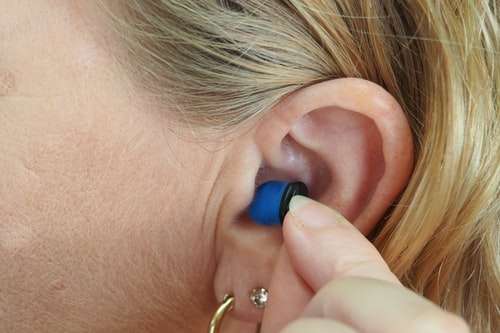Choosing a hearing aid to address hearing loss might seem more complex than you may have imagined. But it doesn’t have to be. Ask yourself the following three questions to help you narrow down your options and pinpoint the type and style of listening device that will work best for you. Below are few suggestion to consider before or when choosing a hearing Aid.
Table of Contents
1. What’s the best type of hearing aid for my lifestyle?
There are several types of hearing aids available, so it’s important you choose the one that works best with your lifestyle. For example, if you’re a highly active person who plays sports, you’ll want a hearing aid that is secure to avoid losing the device. In your case, completely-in-the-canal (CIC) hearing aids are a good choice. They are the smallest and least visible type of hearing aid and because they reside in your hearing canal, they are less likely to pick up wind noise.
For those who have a more sedentary lifestyle, a behind-the-ear (BTE) or receiver-in-the-canal (RIC) are two good options. A BTE hearing aid hooks over the top of the ear and connects by tube to a custom ear mold that fits inside the ear canal. A RIC hearing aid is similar to the BTE but uses wire rather than tubing to connect to the device’s speaker.
Of course, the visibility of your hearing aid is another lifestyle consideration. Technology has advanced in recent years and there are hearing aid styles that are more streamlined or even invisible. However, it’s important to remember that the invisible hearing aids tend not to have as much amplification power as the larger, more visible styles.
Finally, it’s worthwhile to think about any limitations you may have with dexterity. If you have trouble in that regard, an in-the-ear (ITE) aid might be the best choice as they’re much easier to handle than a CIC style.
2. What kind of quality do I want in a hearing aid?
Quality is important in a hearing aid and is not an area in which you should hold back. Remember, your goal is enhanced amplification. In addition to good quality, many hearing aids offer several optional features from which you can choose. These include features like noise reduction, remote controls, and wireless connectivity.
3. What’s my budget for purchasing a hearing aid?
Some private insurance policies cover the cost of hearing aids, but not all, so it’s critical to plan your budget accordingly. Of course, adding on optional features will increase costs, as well as any accessories you choose such as batteries and rechargeable kits, or phone accessories. According to Consumer Affairs, the average cost of one digital hearing aid can range between $1000 and $4,000, while premium hearing aids can cost between $4,500 and $6,000 per device.
Ask your provider about financing options and trial periods.
While hearing aids can be a big investment, they also enhance your quality of life, so it’s crucial that you find the ones that are right for you.


















